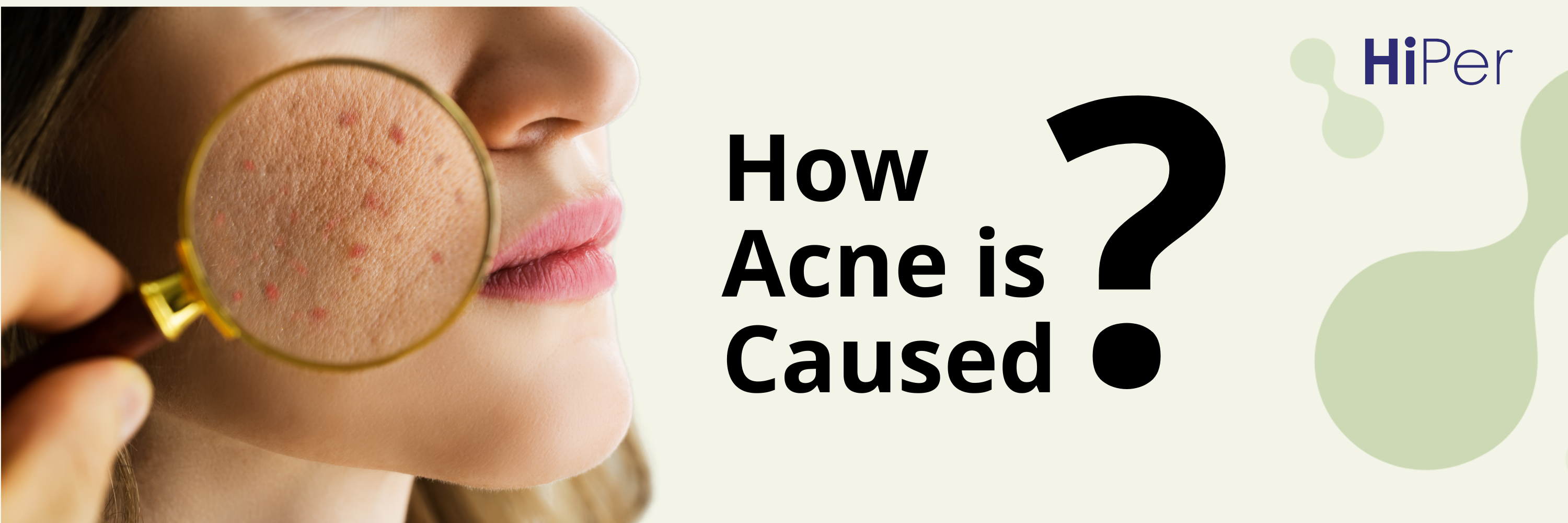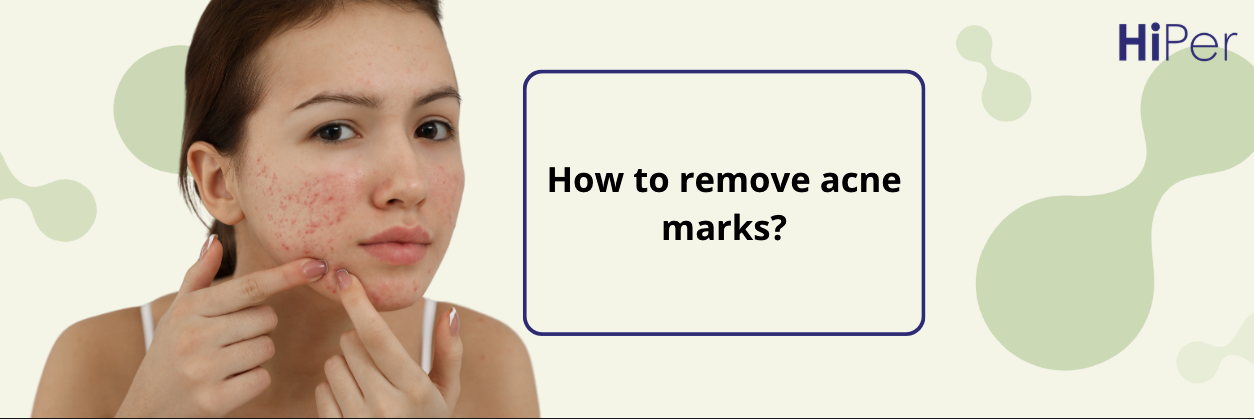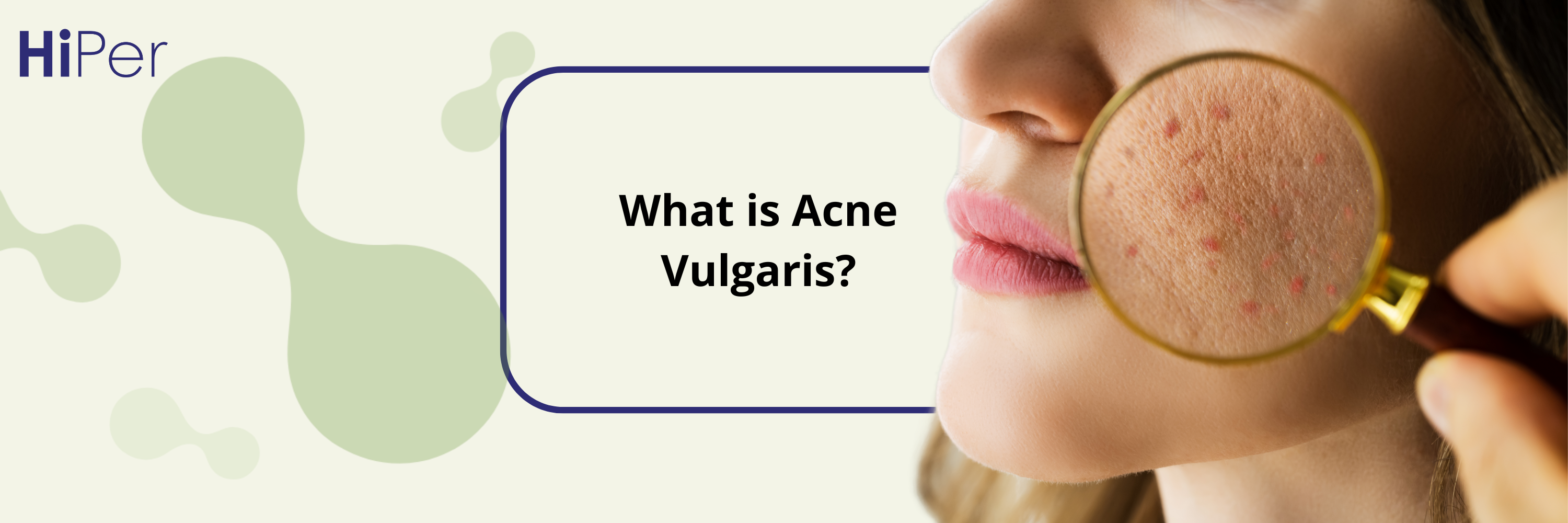
How acne is caused?
Acne. It’s one of the most common skin concerns in the world—yet also one of the most misunderstood.
Whether you’re facing the occasional breakout or living with persistent acne, understanding the what, why, and how of acne is the first step toward healing your skin with the right care.
HiPer Skin specializes in high-performance, biotic-powered skincare for acne-prone skin—because we believe knowledge is the first step toward transformation.
🔍 What is Acne?
Acne is a chronic inflammatory skin condition caused when your pores become clogged with oil, dead skin cells, and bacteria.
🩺 Common Forms:
-
Whiteheads
-
Blackheads
-
Papules (small red bumps)
-
Pustules (bumps with pus)
-
Nodules/Cysts (painful, deep lumps)
📍 Where it appears: Face, chest, back, shoulders, and neck.
⚠️ What Causes Acne?
-
Excess Sebum Production
Overactive oil glands (triggered by hormones or lifestyle) clog pores. -
Clogged Pores
Dead skin cells + sebum = blockage = acne. -
Bacterial Growth
Cutibacterium acnes (C. acnes) thrives in clogged pores and causes inflammation. -
Hormonal Imbalances
Androgens spike during puberty, periods, pregnancy, or PCOS—worsening breakouts. -
Inflammation
Often begins beneath the skin—before a pimple even forms.
📋 Types of Acne (At a Glance)
| Type | Appearance | Cause |
|---|---|---|
| Whiteheads | Closed clogged pores | Oil + dead skin |
| Blackheads | Open clogged pores (black) | Oxidized sebum |
| Papules | Small red bumps | Inflammation |
| Pustules | Red bumps with white pus | Bacteria + inflammation |
| Nodules | Large, painful lumps | Deep pore blockage |
| Cysts | Painful, pus-filled lumps | Severe inflammation, hormonal |
🔄 Common Acne Triggers
-
Stress
-
Poor sleep
-
High-sugar, high-dairy diet
-
Comedogenic products
-
Not removing makeup properly
-
Sweat/friction (maskne)
-
Pollution
💡 How to Treat Acne — the HiPer Way
🔬 Backed by Science
Formulated with salicylic acid, niacinamide, retinoids, prebiotics, and postbiotics to support the skin microbiome.
👩⚕️ Personalized Care
-
AI skin analysis
-
Dermatologist consultations
-
28-day HiPer Challenge (with a money-back guarantee!)
✅ Gentle, Yet Effective
Our non-comedogenic, pH-balanced formulas protect your barrier instead of stripping it.
🩺 When to See a Dermatologist
-
Painful, cystic, or persistent acne
-
OTC products aren’t working
-
Acne is affecting your mental health
-
Post-acne scarring or hyperpigmentation
🔬 The Science Behind Breakouts
Let’s break down how acne forms below the skin:
🧠 The Acne Formation Process
🔹 Step 1: Excess Sebum
Hormones overstimulate sebaceous glands → too much oil.
🔹 Step 2: Dead Skin Cells Get Trapped
Cells don’t shed properly → mix with oil → pore blockages.
🔹 Step 3: Bacteria Multiply
C. acnes grows in clogged pores → triggers immune response.
🔹 Step 4: Inflammation
White blood cells rush in → redness, pus, swelling.
🚨 What Triggers This Process?
1. Hormonal Imbalances: Puberty, PCOS, menstruation, pregnancy.
2. Stress: Spikes cortisol → more oil + slower healing.
3. Genetics: Inherited traits for oiliness, inflammation, sensitivity.
4. Diet: Sugar, dairy, junk food increase insulin and androgens.
5. Skincare & Lifestyle:
-
Harsh cleansers
-
Not removing makeup
-
Over-exfoliating
-
Friction (helmets, tight clothing)
-
Hot/humid environments
🛡️ Can Acne Be Prevented?
✅ Yes—with consistent, barrier-supportive, science-led care.
HiPer’s Acne-Fighting Strategy:
-
Control oil with niacinamide + salicylic acid
-
Prevent clogs with gentle exfoliants
-
Balance microbiome with biotic complexes
-
Soothe with zinc, green tea, Centella Asiatica
🔚 Final Thoughts: Knowledge = Power
Understanding how acne forms helps you treat it intelligently—with the right products, not guesswork.
Whether it’s hormonal breakouts, blackheads, or cysts—HiPer is here with science-backed, personalized care.
✨ Try our AI Skin Analysis or take the 28-Day HiPer Challenge today!


